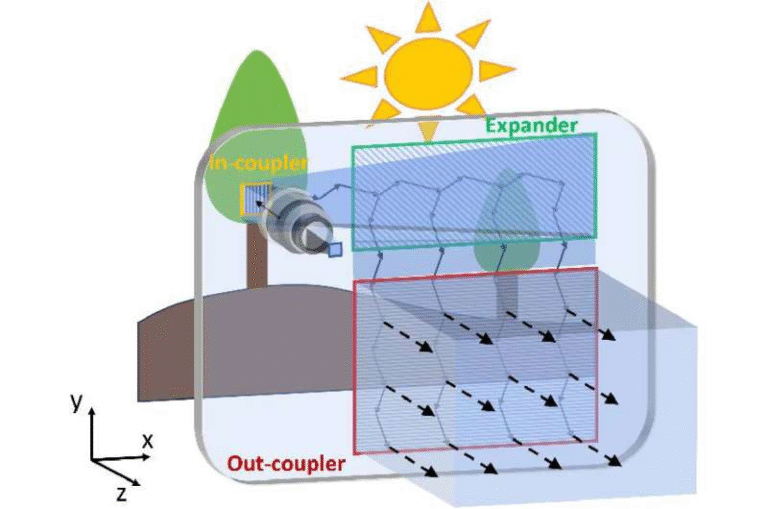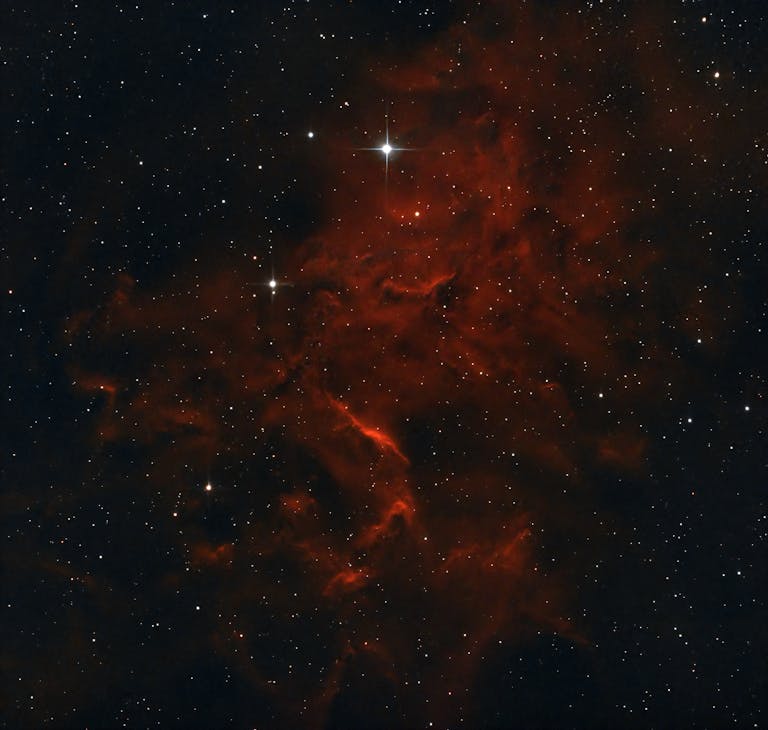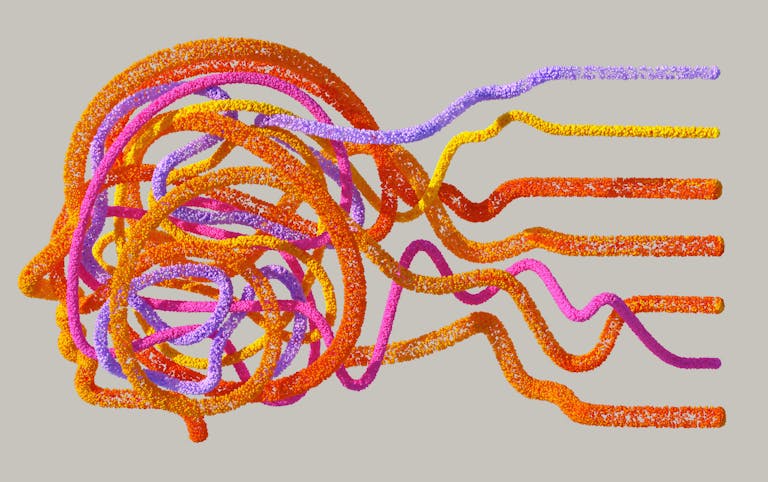85 New Subglacial Lakes Discovered Beneath Antarctica
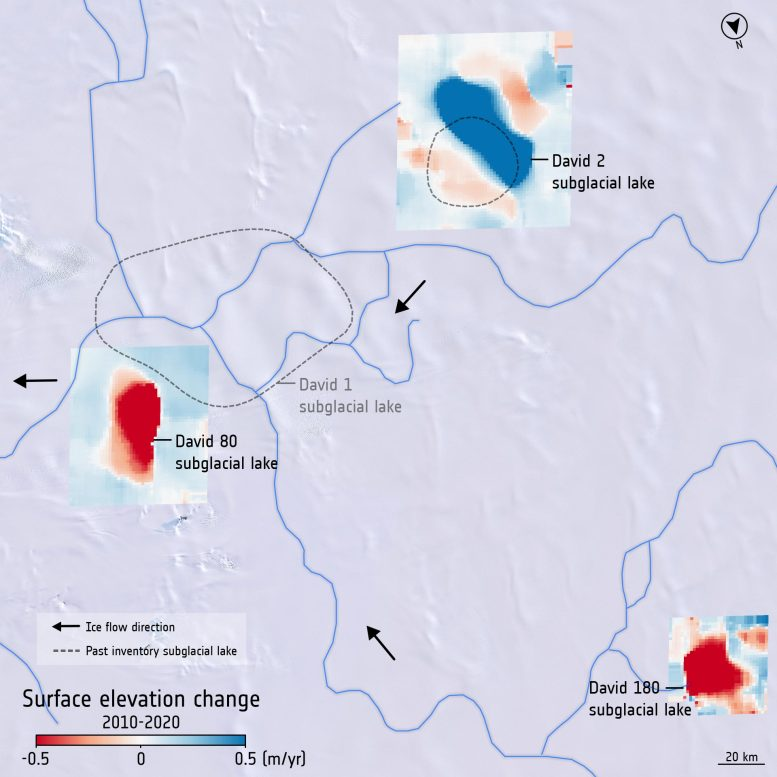
Scientists have revealed a major discovery hidden beneath Antarctica’s thick ice: 85 previously unknown subglacial lakes.
These underground reservoirs of water are not visible on the surface but sit several kilometers below the ice, influencing how glaciers move and how much ice eventually flows into the ocean.
The finding, published in Nature Communications in September 2025, significantly increases the number of known active subglacial lakes in Antarctica by more than half, raising the total to 231.
This discovery was made possible thanks to a decade of data from the European Space Agency’s CryoSat-2 satellite, which tracked tiny changes in the ice surface caused by water movement below. By studying these changes, scientists were able to detect new lakes, observe their cycles of filling and draining, and even identify networks of connected lakes beneath the ice sheet.
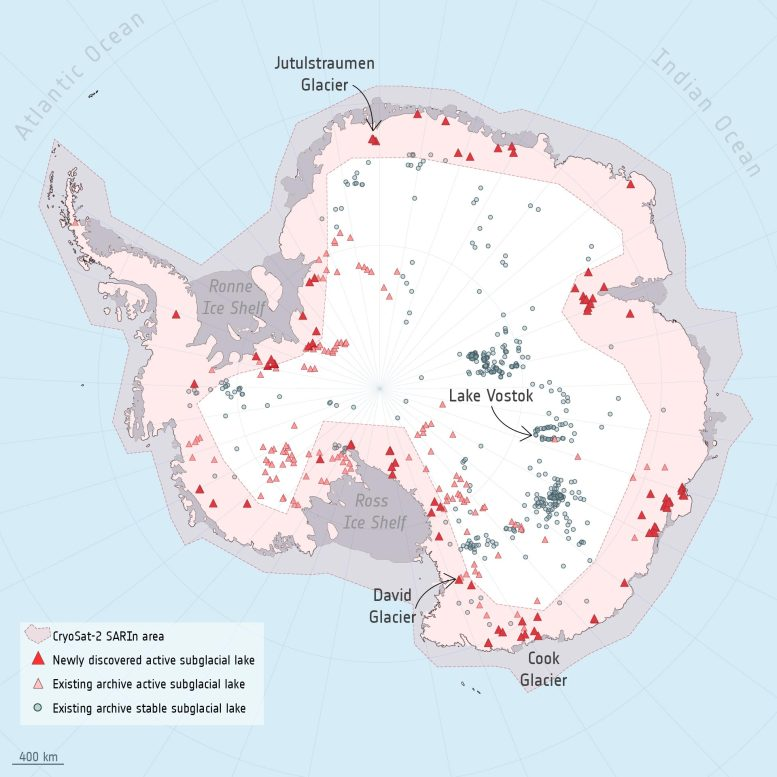
How the Discovery Was Made
The research team analyzed CryoSat-2 radar altimetry data collected between October 2010 and July 2020. Unlike traditional altimetry, which measures only a narrow track, CryoSat-2 can capture swath measurements across wider areas. This allowed researchers to detect subtle rises and falls of the ice surface — signals that indicate lakes below the ice are either filling with water or draining.
As lakes beneath Antarctica fill up, the ice above bulges slightly upward. When they drain, the ice surface drops. These surface changes, though only a few meters, are detectable from space. By combining a decade of records, the researchers were able to map out cycles of activity and expand the inventory of subglacial lakes.
Numbers and Locations
- 85 new lakes were detected.
- 73 are located in East Antarctica, while 12 are in West Antarctica.
- With this addition, the total number of known active subglacial lakes is now 231, and including inactive ones, Antarctica hosts about 766 lakes in total.
- Importantly, 81% of active lakes are found beneath fast-moving ice streams where the ice flows at more than 50 meters per year.
Some of these lakes are extremely close to the grounding line — the critical zone where the ice sheet starts to float as an ice shelf. Six of the lakes are within 8 kilometers of this boundary, and two are just 4 kilometers inland from the edge. Lakes in such positions are especially important, as they can directly influence how ice flows into the ocean.
What the Lakes Are Doing
The new data allowed researchers to observe fill-drain cycles that had never been seen before at this scale.
- 37 draining events and 34 filling events were recorded.
- 12 complete cycles — from initial filling to final drainage — were observed, raising the total number of full cycles ever recorded worldwide from 36 to 48.
- On average, a drainage event lasts about 2.2 years, while a refill takes around 3.5 years.
Not all lakes behave in the same way. Some were seen steadily filling or steadily draining for the entire decade of observations. Others displayed stepped patterns, with pauses during filling or draining, and some even entered periods of relative inactivity before resuming activity.
One striking observation was that the surface area of some lakes changes between cycles, with differences of up to 50%. This shows that subglacial hydrology is much more dynamic than previously believed.
Underground Connections
The study also discovered that some lakes are not isolated. Instead, they form networks of interconnected reservoirs. Researchers identified five such networks, where draining of an upstream lake was linked to the filling of a downstream one. In addition, they documented 25 clusters of lakes that may interact in more subtle ways.
These underground drainage systems are vital to understanding how water moves beneath the Antarctic ice sheet. They can direct water toward the ocean, reduce friction between ice and bedrock, and alter the pace at which glaciers slide toward the sea.
Why Subglacial Lakes Matter
Subglacial lakes are more than hidden pools of water — they are a key part of Antarctic ice dynamics. Meltwater beneath the ice comes from two main sources:
- Geothermal heat from Earth’s interior warms the base of the ice.
- Frictional heating occurs as massive glaciers slide over the bedrock.
When this water collects in depressions, it forms subglacial lakes. These lakes occasionally drain, sending water through hidden channels and lubricating the base of glaciers. This reduces friction and can cause the overlying ice to move faster toward the ocean.
If lakes close to the grounding line release water, the effect can be amplified. It may speed up ice discharge into the sea, influence ocean circulation under ice shelves, and eventually contribute to sea level rise.
The Role of CryoSat-2
Launched in 2010, CryoSat-2 is part of ESA’s FutureEO program. Its mission is to monitor changes in polar ice thickness, sea ice, and glaciers worldwide. Its main instrument, a radar altimeter, can measure minute variations in ice surface height and detect how ice sheets respond to processes below.
In this study, CryoSat-2 provided the long time series necessary to capture the slow cycles of filling and draining, which can take several years. Without such continuous monitoring, most of these hidden dynamics would remain undetected.
Implications for Climate Models
Current ice sheet and sea level models often lack detailed representations of subglacial hydrology. The newly compiled dataset — including the location, size, and activity patterns of these lakes — provides an opportunity to improve models and better predict Antarctica’s contribution to sea level rise.
The findings highlight that Antarctica’s subglacial hydrology is not static but highly dynamic. Ignoring it could mean underestimating or misrepresenting how quickly ice might respond to warming conditions in the future.
Famous Subglacial Lakes
The best-known subglacial lake in Antarctica is Lake Vostok, located beneath 4 kilometers of ice in East Antarctica. It is enormous, holding an estimated 5,000 to 65,000 cubic kilometers of water — enough to fill the Grand Canyon and overflow it by a quarter.
Lake Vostok is considered stable, meaning it does not undergo the filling and draining cycles seen in many smaller lakes. However, if it were ever to drain, it would have dramatic effects on ice sheet stability, ocean systems, and ecosystems beneath the ice.
What We Still Don’t Know
Even with these new discoveries, many questions remain:
- What exactly triggers a lake to drain? Is it a threshold of water pressure, changes in ice stress, or meltwater input?
- How do drainage events affect ice flow in the short and long term?
- Are there feedback loops between subglacial water systems and ocean currents beneath ice shelves?
- How do cycles vary between lakes in different regions of Antarctica?
Answering these questions will require continued satellite monitoring, ground-based surveys, and advanced modeling.
Broader Significance
This discovery is not just a matter of adding dots to a map. It reshapes how scientists think about Antarctica’s hidden plumbing system. By proving that many lakes are active and dynamic, the study underlines the need to include these processes in future sea level rise predictions.
The fact that some lakes are located only a few kilometers from the grounding line is especially significant. These are the areas where Antarctica is most vulnerable to change, and where even small shifts in subglacial hydrology could have global consequences.
Additional Facts About Subglacial Lakes
- There are more than 400 known subglacial lakes worldwide, most of them in Antarctica.
- Subglacial lakes are often isolated ecosystems, cut off from sunlight and surface interaction for millions of years. Some may contain unique microbial life.
- Drilling into these lakes is challenging because of the need to avoid contamination. In 2019, scientists successfully drilled into Lake Mercer, 1,200 meters below the surface, finding signs of ancient microbial life.
- Subglacial water systems are thought to influence ice stream behavior, which is one of the fastest ways ice moves from the interior of Antarctica to the ocean.
Conclusion
The discovery of 85 new subglacial lakes marks a major advance in our understanding of Antarctica’s hidden water systems. These lakes, some interconnected and many dynamic, play an important role in how glaciers move and how the ice sheet interacts with the ocean. With new datasets now available, scientists can refine climate models and improve predictions of future sea level rise.
The message is clear: Antarctica’s under-ice world is far more dynamic, interconnected, and influential than previously believed. Continued monitoring is essential if we are to fully understand the risks and prepare for the changes ahead.
Research Reference: Detection of 85 new active subglacial lakes in Antarctica from a decade of CryoSat-2 data – Nature Communications

